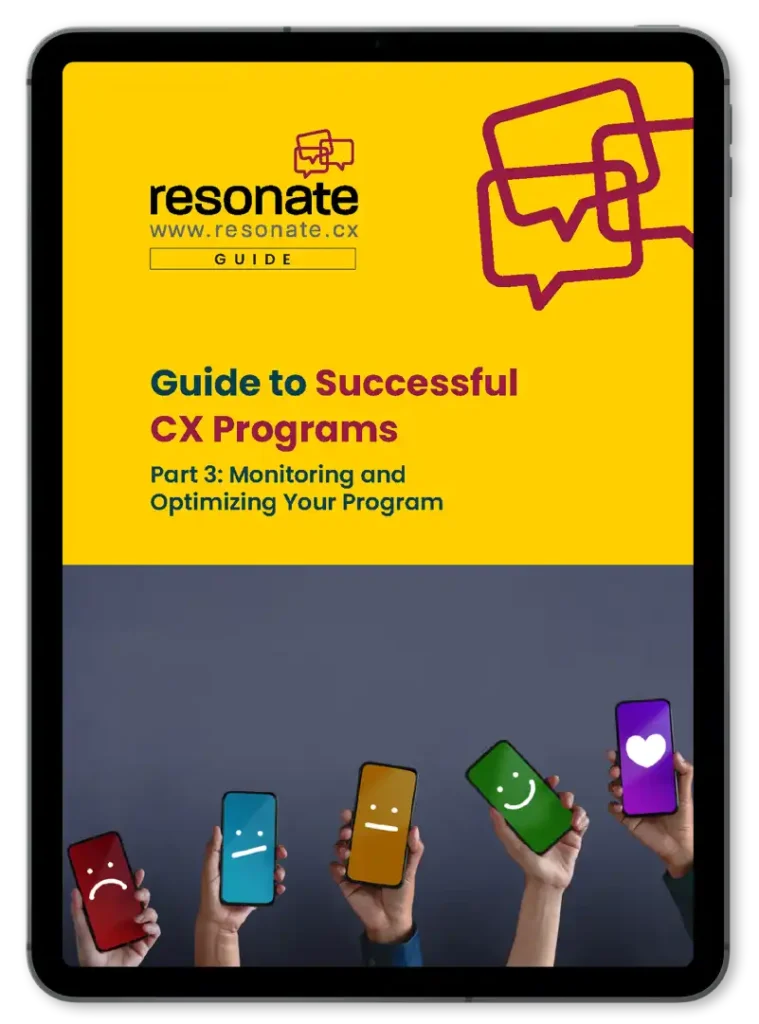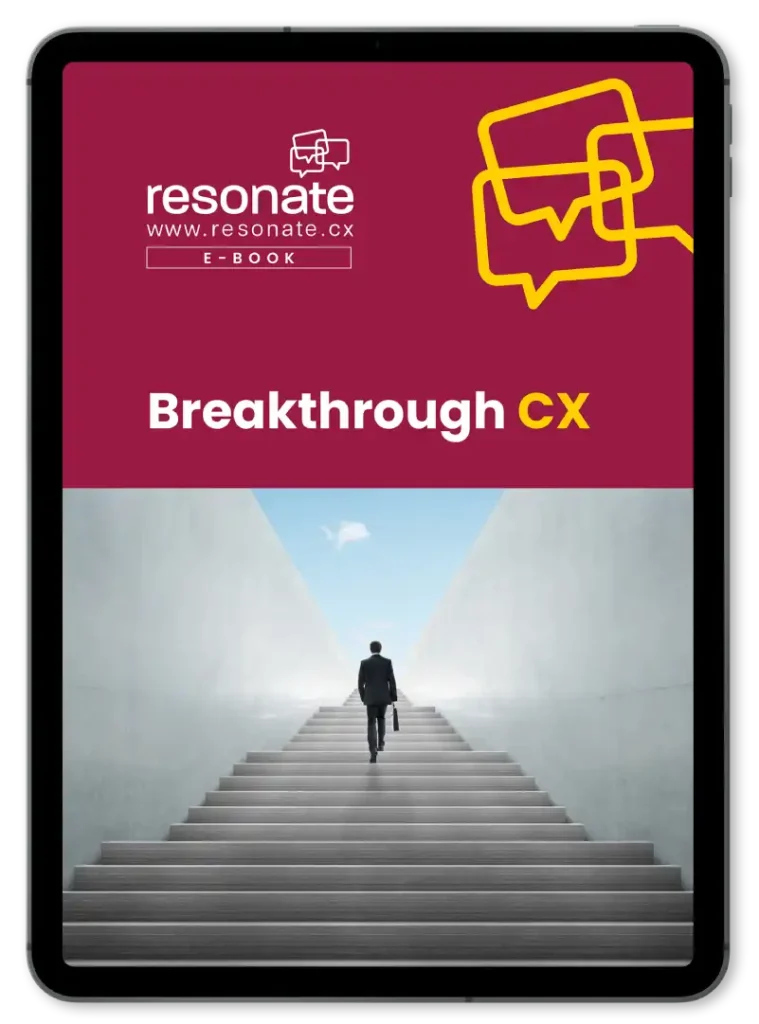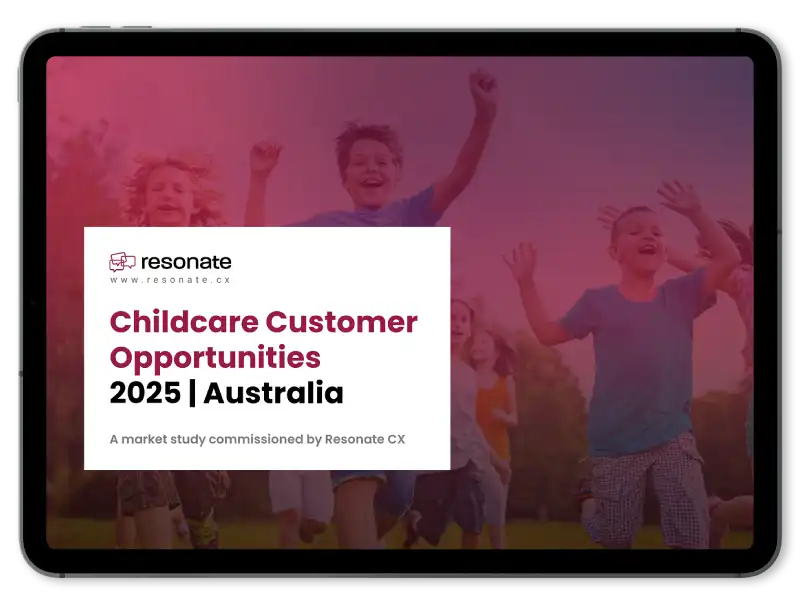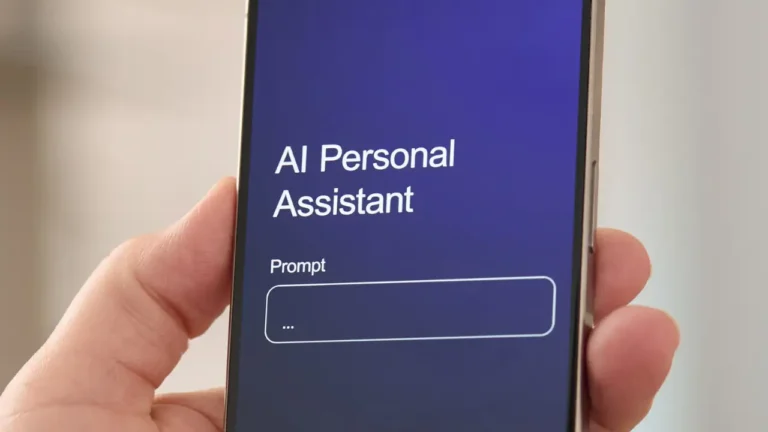TLDR:
- Customer-centricity is a mindset that involves using customer truth and an “outside-in” design approach to navigate smarter, listen, and act with precision.
- The cornerstone of a customer-centric organization is a deep customer understanding that grasps not only what customers want, but also their underlying pain points and goals.
- Businesses must move away from self-focused “inside-out” thinking, which solves company problems, to “outside-in” thinking that aligns experiences with customer needs.
- Organizations must actively overcome internal biases—such as relying only on past data or assuming customer needs—by prioritizing the Voice of the Customer through co-creation sessions and empathy maps.
- Building a customer-understanding capability is a continuous practice that requires a formal roadmap to audit listening, create a Listen → Characterize → Empathize framework, and measure success from insight to implementation.
When was the last time you stopped designing what you thought was the problem, and asked customers what they actually needed? Most customers can tell you their pain, and from there, successful companies translate this pain into something the customers didn’t even know they needed. The end point is, customer feedback is important in decision making. And it is our role to improve with a solution not looking from inside-out, but outside-in.
Customer-centricity is about using customer truth to navigate smarter. The best organisations listen, interpret, and act with precision.
True outside-in design happens when empathy meets expertise where data, design, and delivery all speak the same language: value.
Why Customer Understanding Is the Cornerstone of a Customer-Centric Organisation
A customer-centric business does not rely on assumptions, It’s built on real empathy. Like Annette Franz says, it is the ability to, ‘see, feel, and experience the customer. You need to assess the jobs that need to be done, and the pain points that may arise.’ That’s what Customer understanding really means, grasping not only what customers say they want, but why they want it, and what they’re trying to accomplish in the broader context.
Most organisations still operate using inside-out thinking, and they continue to build products or policies based on internal goals or historical success. While this may have worked in the past, you also need to change with the times. What inside-out thinking gives you in terms of results is misaligned experiences that solve the company’s problems instead of the customer’s.
Shifting to outside-in customer experience changes that dynamic. It’s about visualising the jobs that need to be done, mapping pain points that may come up, and using customer insight to guide decisions. When customers are understood, loyalty rises and referrals grow, both of which are key to a true CX transformation.
CX Guides | free to download
No fluff. Just CX strategy guides for real-world use. Get tips from the experts.
From “We Know What Customers Want” to “We Know What They Need and Why”
While organisations will proudly declare ‘they know their customers,’ often what they really know is what the customers buy, not why they buy. The most effective CX strategies go deeper by applying frameworks like jobs-to-be-done and principles from behavioural economics. Once these philosophies are applied, the level of customer understanding will transform how businesses prioritise and plan. Customer insights shape product roadmaps, pricing, logistics, and policy design.
For example, Telstra, Australia’s largest telecom provider, discovered that customer frustration often stemmed from confusing or unclear billing rather than the service itself. In response, the company introduced its “Bill Explainer” guides, simple summaries that help customers understand charges and adjustments on their statements. This is a small example of how the power of insight can drive and change your business plan. A useful diagnostic: when was the last time your team asked why a problem exists, instead of simply defining what it is? If you can’t remember, it’s time to revisit your customer insights strategy. When was the last time your team asked “why” a problem exists, rather than just defining “what” it is? If that’s a difficult question to answer, it’s time to re-evaluate your customer insights strategy.
Overcoming Bias and Avoiding Inside-Out Decision-Making
Even the most data-rich companies fall into inside-out thinking traps. They rely on dashboards and past performances, assuming, like most, that what worked yesterday will work tomorrow. But customers evolve faster than systems do, and their own biases keeps organisations from seeing that change clearly. Some common internal biases to be careful of:
- The ‘We Think We Know’ Bias- The assumption that your team already knows what the customer needs.
- Data Bias- Relying only on quantitative feedback while ignoring qualitative insights.
- Organisational Blind Spots- Designing around the company’s departments instead of customer journeys.
To overcome these, build with the voice of the customer at the centre. Use co-creation sessions, customer panels, and ongoing customer feedback examples that reflect real emotions and experiences. Create empathy maps and personas grounded in observation, not assumption. Don’t just think of the customer as the end product, use their voices to create the product alongside them.
At the board level, challenge leadership to ask, “When was the last time you stopped designing what you thought was the problem and asked customers what they actually needed?”
How to Build a Customer-Understanding Capability: Roadmap & Governance
Developing deep customer understanding is not a one off project. It’s a practice that one needs to keep changing as times change. This is a practical roadmap for embedding it across your organisation.
- Audit Existing Listening and Empathy Practices
Take stock of how you currently capture customer feedback. Do you rely on surveys only? Are you analysing complaints, social chatter, and journey analytics holistically? This audit exposes where your listening gaps lie.
- Create a Customer-Understanding Framework
Design a repeatable model built on three steps: listen → characterise → empathise. Listen actively to multiple feedback sources; characterise patterns across needs and emotions; and empathise by walking in the customer’s shoes before designing any fix.
- Align Governance, Roles, and Metrics
Make outside-in customer experience part of governance. Assign cross-functional ownership across marketing, product, and operations, which should share accountability for insight-driven design. Include metrics that reward learning and empathy, not just output speed.
- Measure Success from Insight to Implementation
Track the full loop: was insight captured, acted on, and did it create measurable value? Link improvements to tangible metrics like reduced customer friction, higher retention, and improved NPS. This ensures customer understanding stays connected to financial impact.
Conclusion
Every business will claim to be customer-centric but understanding the customer is the foundation of that. It’s not only research, but a mindset that companies should adopt. When companies move from assuming to asking, from guessing to listening, and from inside-out to outside-in, they build experiences customers actually value. That’s how you truly improve customer experience, drive loyalty, and sustain your CX transformation.
See how outside-in thinking looks in action. Book a live demo and discover how Resonate CX helps teams listen deeper, act faster, and design from the customer’s lens.













